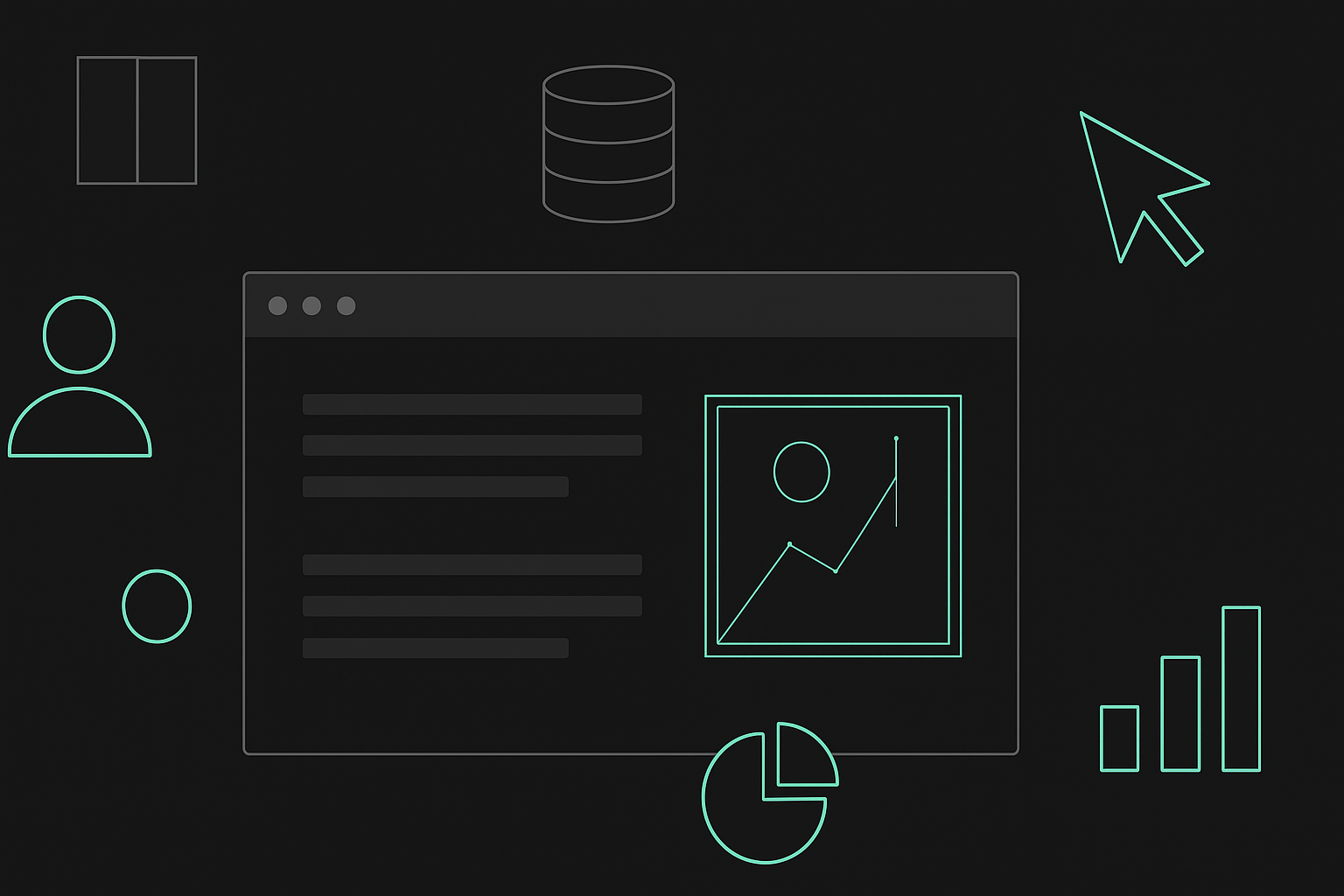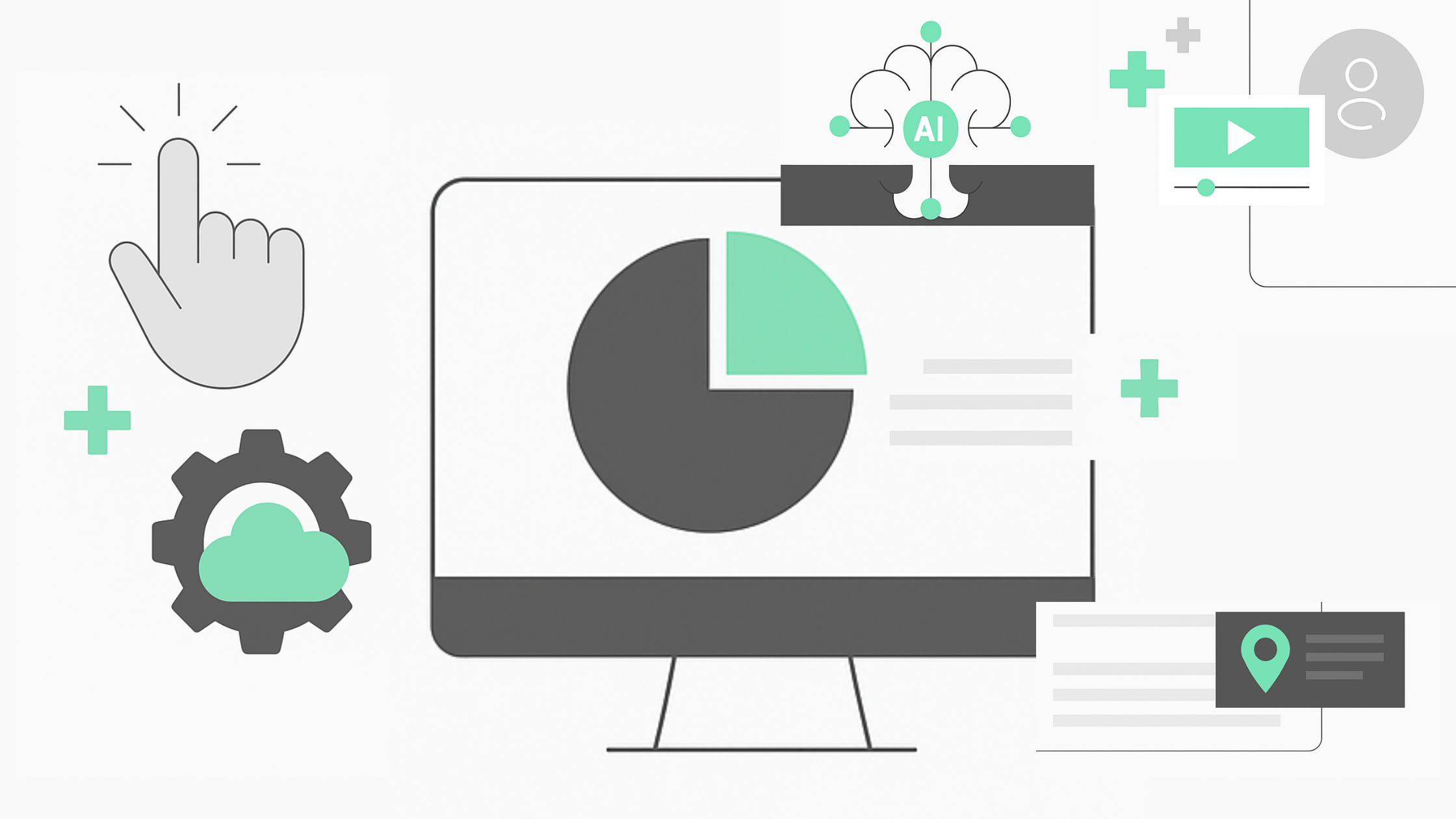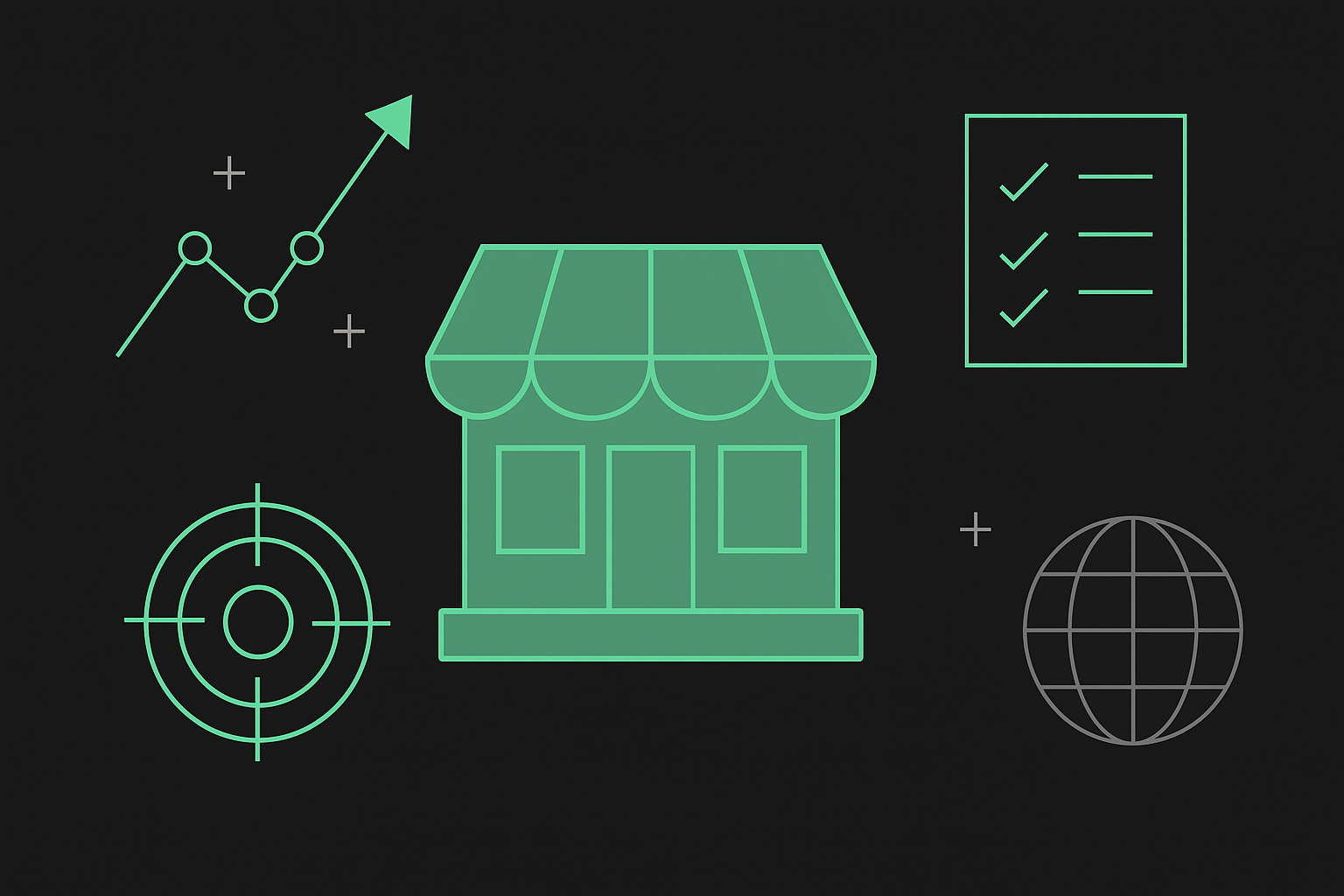Webflow vs Drupal: Why Webflow Is the Best for Large Enterprises
Building a website for your business can be a big decision, especially with so many platforms to choose from. As a small business owner, a freelancer, or someone running a larger organization, finding the right platform is key to making sure your website does what you need it to do.
Two popular options that you might have come across are Webflow and Drupal. Each has its strengths, quirks, and ideal use cases, so, how do you figure out which one best matches your needs?
Here, we’ll break down the key differences between Webflow and Drupal, giving you a clear picture of what each platform offers.
Webflow vs Drupal: What Type of Platforms Are They?
What is Webflow?
Webflow is a web development platform designed to make creating websites easy, especially if you’re not a coding expert. Since its launch in 2013, it’s become a go-to for many who want to build stylish, responsive websites without getting tangled up in code.
Its drag-and-drop interface allows you to design and customize your site visually, making it a great option if you prefer a hands-on approach to design without the technical hassle. With a range of templates and pre-built elements, Webflow is ideal for small to medium-sized projects where ease of use and design flexibility are top priorities.
What is Drupal?
Drupal is a well-established content management system (CMS) that's been around since 2001. It’s known for its flexibility and ability to handle complex, large-scale websites with a lot of content and high traffic.
While Drupal offers a broad array of modules and customization options, it does come with a steeper learning curve and might be more than you need if your site isn’t overly complex. If you’re looking for a platform that can handle extensive functionality and scale as your needs grow, Drupal could be worth considering, but it might not be as user-friendly for those who want a simpler setup.
Webflow vs Drupal as a Top Choice for Large Enterprises
Design-First Approach with Robust CMS Capabilities
Webflow stands out as a powerful option for large enterprises, thanks to its design-first approach and strong CMS features. While many CMS platforms focus primarily on backend functionality, Webflow emphasizes design flexibility, allowing you to create custom, visually appealing sites without sacrificing content management capabilities.
This design-centric approach makes it easier for large companies to maintain a cohesive brand image while handling enterprise-level content management needs. With Webflow, you get the best of both worlds: exceptional design flexibility and a CMS that scales with your business.
Scalability and Flexibility with Webflow
When it comes to scalability, Webflow proves to be more than capable of handling the demands of large-scale operations. Whether you’re running a multi-location business or managing a site with extensive content and traffic, Webflow’s infrastructure can grow with you.
Its ability to adapt and handle various demands ensures that your website remains functional and efficient, even as your business expands. This scalability makes Webflow a strong contender for enterprises looking for a CMS that can handle complex, large-scale needs without compromising performance.
User-Friendly Interface of Webflow
One of Webflow's standout features is its intuitive, design-centric interface, which is a breath of fresh air compared to more developer-focused platforms like Drupal. Webflow’s user-friendly interface allows even those with minimal technical expertise to design and manage their websites effectively.
This ease of use is particularly beneficial for large enterprises that need a straightforward way to create and update content without relying heavily on developers. With Webflow, you get a platform that is both powerful and accessible, making it easier for teams to collaborate and keep your site looking and functioning at its best.
Drupal vs Webflow: Which Is Better for Developers?
Drupal: Developer-Centric Flexibility
Drupal shines in environments where developer flexibility and extensive customization are crucial. Known for its developer-centric approach, Drupal offers a wide range of features and modules that allow for deep customization and tailored solutions. This makes it an excellent choice for large enterprises that require a high level of control over their CMS.
If you have a team of developers ready to leverage Drupal’s extensive capabilities, you can build a highly customized site that meets specific business needs. Its flexibility and the ability to create complex functionalities are some of the reasons why Drupal remains a top choice for those who need a robust, enterprise-level CMS.
Complexity and Learning Curve with Drupal
However, Drupal is not without its challenges. Its complexity and steep learning curve can be a significant hurdle, especially for those who are not developers. While Drupal offers extensive customization options, it often requires a solid understanding of web development and coding to fully utilize its potential.
This complexity can be a barrier for non-technical users or teams looking for a more straightforward content management solution. For large enterprises with the resources to invest in training or dedicated development teams, Drupal’s depth can be a powerful asset. But for those seeking a more user-friendly experience, the learning curve might pose a considerable challenge.
Webflow vs Drupal: Detailed Feature Comparison
When choosing a CMS for large enterprises, understanding how Webflow and Drupal stack up against each other in terms of customization and flexibility is crucial. Here's a detailed comparison to help you make an informed decision:
Customization and Flexibility
Webflow offers a highly visual design interface that makes it easier for non-developers to create and customize websites. Its customization options are robust, particularly for visual elements, but it also supports custom code embedding for more advanced tweaks. However, while growing, its flexibility with third-party integrations is not as extensive as Drupal’s.
Drupal is designed with developers in mind, providing extensive flexibility and control over customizations. It allows for full access to custom code and supports a wide range of third-party integrations. Its developer-centric approach makes it highly adaptable to specific needs, though it may require a more significant investment in development resources.
Both platforms offer extensive design templates and customizable content types, and they handle high volumes of CMS items well. For enterprises needing sophisticated workflows and high levels of control, Drupal’s extensive developer flexibility and integration capabilities can be highly advantageous, while Webflow provides a more user-friendly approach with substantial visual customization options.
Scalability and Performance
Both Webflow and Drupal offer features that cater to large enterprises, particularly those managing multi-location operations.
Webflow is optimized to handle high traffic efficiently, making it a strong choice for businesses expecting a lot of visitors. Its built-in CDN facilitates fast content delivery, while load balancing and scalable hosting keep your site performing well under pressure. Webflow’s uptime and response time are competitive, providing reliable service with multiple data centers in various regions to support global operations.
Drupal offers highly scalable solutions, particularly suited for large enterprises with complex, multi-location needs. Its performance can be customized extensively, including CDN and data center options, to fit specific requirements. Drupal’s load balancing and scalable hosting capabilities ensure that even the most demanding sites remain stable and responsive. Additionally, Drupal allows for customizable backup frequencies, giving you control over your data protection strategy.
Webflow offers strong, out-of-the-box scalability and performance for businesses looking for simplicity and reliability, while Drupal provides more customizable options for enterprises needing tailored solutions to handle complex, large-scale operations.
API Integration and Extensibility
When it comes to API integration and extensibility, Webflow and Drupal each offer solid capabilities, but Webflow shines for its ease of use and rapidly growing ecosystem.
Webflow offers a rapidly growing API ecosystem that caters to businesses looking for straightforward and effective integrations. Its flexibility makes it easy to connect with various third-party apps and services, and its custom API development capabilities allow you to tailor solutions to your specific needs without a steep learning curve. Webflow’s extensibility is impressive, particularly for those who want powerful integrations without the complexity, and it supports webhooks and data portability enabling smooth workflows and transitions.
Drupal also provides extensive API capabilities, but its strengths lie more in its highly customizable, developer-centric environment. While Drupal’s extensibility is top-notch, it often requires more technical expertise to fully leverage its capabilities, which might be overkill for businesses looking for simpler, more streamlined integration options.
Pricing and Cost Analysis: Webflow vs Drupal
In terms of pricing and overall costs, Webflow and Drupal offer very different approaches. Webflow provides clear, tiered pricing plans that include everything you need to build and maintain your website, while Drupal is free to download but comes with a variety of hidden costs that can add up quickly, especially for large enterprises.
Webflow's pricing is straightforward and all-inclusive, making it easier for businesses to budget without worrying about hidden costs or the need for extensive technical resources. Hosting, security, and scalability are all bundled into the subscription plans, making Webflow an excellent option for large enterprises that want to concentrate on growth and innovation without the burden of managing complex web infrastructure.
On the other hand, while Drupal is free to start, it can become more expensive over time due to the need for:
- Custom infrastructure setup
- Ongoing maintenance
- Specialized development resources
Large enterprises opting for Drupal should be ready for significant upfront and continuous investments in order for their site to remain scalable, secure, and high-performing.
Security and Compliance: Webflow vs Drupal
Webflow offers a set of security features that are easy to implement and manage, making it an excellent choice for businesses that prioritize simplicity and efficiency. With built-in tools like SSL, DDoS protection, and GDPR compliance, Webflow keeps your site secure without requiring extensive technical knowledge.
- Simplified Management: Webflow’s built-in security features like SSL, DDoS protection, and automatic updates ensure that your site remains secure with minimal effort, allowing you to focus on your core business.
- Compliance Assurance: Webflow's compliance with GDPR and inclusion of essential security measures provide peace of mind, especially for businesses handling sensitive customer data.
- User-Friendly Protection: Features like two-factor authentication offer strong account security without the complexity, making it easy for non-technical users to maintain a secure environment.
Drupal is known for its advanced security capabilities, offering extensive customization options that cater to enterprises with complex security needs. From PCI DSS compliance to advanced fraud prevention, Drupal is designed to handle the rigorous demands of highly regulated industries and large-scale operations.
- Advanced Customization: Drupal allows for highly customizable security configurations, making it ideal for enterprises with specific regulatory or compliance requirements.
- Comprehensive Protection: With support for PCI DSS compliance and advanced fraud prevention tools, Drupal is well-suited for high-risk environments like ecommerce and government sites.
- Scalable Security Solutions: Drupal’s flexible infrastructure enables enterprises to scale their security measures as they grow, ensuring that even complex, large-scale operations remain protected.
Choosing the Best CMS for Your Enterprise: Webflow or Drupal?
When it comes to selecting the right CMS for your enterprise, both Webflow and Drupal offer powerful features tailored to different needs:
- If your business values a streamlined, cost-effective solution that empowers non-technical teams to take control of web design and content management, Webflow is likely the best fit.
- If your enterprise operates in a highly regulated industry or requires a highly customizable, scalable platform to manage complex digital ecosystems, Drupal may be the superior choice.
Making the CMS decision can be daunting, but we’re here to help. At Outliant, we offer expertise to guide you through the selection process so your choice aligns perfectly with your business goals.
Book a consultation call today, and let’s work together to build a digital presence that drives your enterprise forward.










